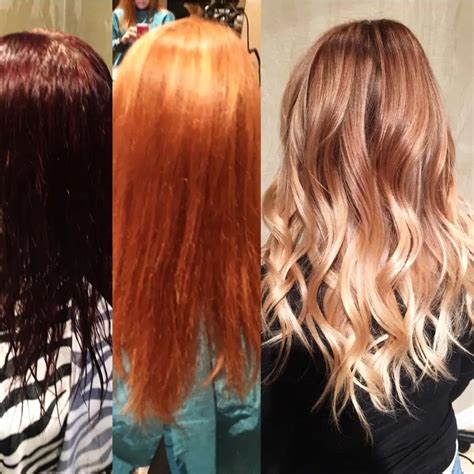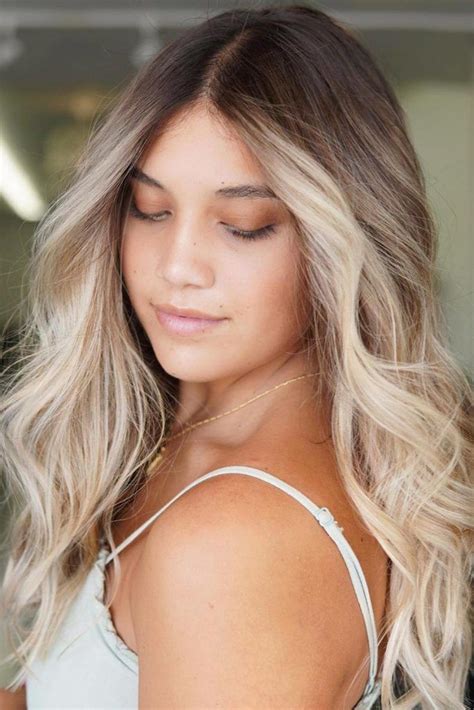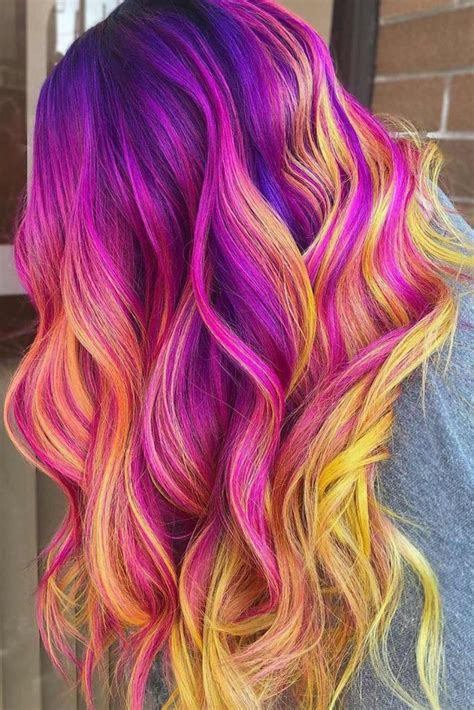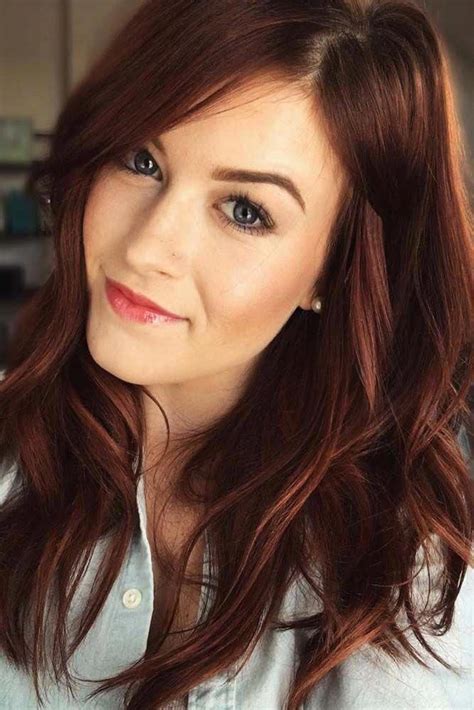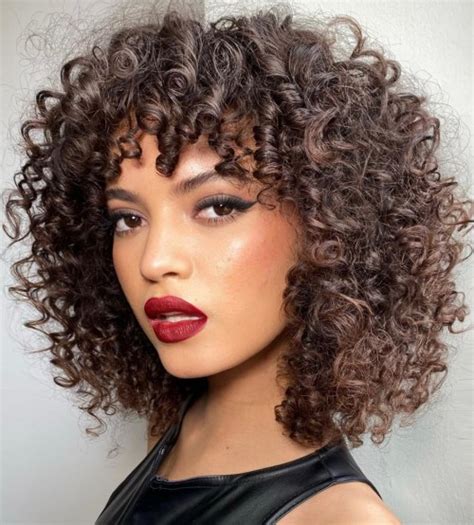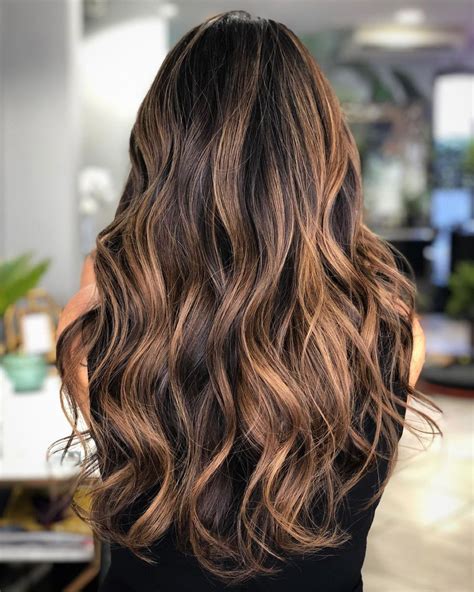Learn color theory, avoid mistakes, and master application techniques for corrective hair coloring. Keep your hair healthy post-coloring with expert tips.
Understanding Color Theory
Contents
Understanding color theory is essential for corrective coloring in hair. Color theory refers to the rules and guidelines for combining colors to create pleasing visual effects. It involves the study of the properties of colors and their interaction with one another.
One of the key aspects of color theory is the color wheel, which is a visual representation of the relationships between colors. The primary colors, secondary colors, and tertiary colors are all depicted on the color wheel, which helps colorists determine which shades to use for corrective coloring.
Another important concept in color theory is the understanding of warm and cool tones. Warm tones include shades of red, orange, and yellow, while cool tones consist of blues, greens, and purples. Knowing the difference between warm and cool tones is crucial when correcting hair color, as it helps determine which corrective shades to use.
Understanding color theory also involves being familiar with the principles of complementary colors, analogous colors, and color harmony. Complementary colors are opposite each other on the color wheel and when combined, they neutralize each other. Analogous colors are located next to each other on the color wheel and create a harmonious effect when used together. Color harmony refers to the overall balance and unity of a color palette.
Identifying Color Mistakes
Identifying Color Mistakes
Identifying Color Mistakes
When it comes to corrective coloring, one of the most important steps is being able to identify the color mistakes that have been made. Whether it’s a result of an at-home dye job gone wrong or a professional coloring gone awry, understanding what went wrong is crucial to fixing the issue.
One common color mistake is choosing the wrong shade for your hair. This could mean going too dark, too light, or even choosing a color that doesn’t complement your skin tone. Another mistake is uneven application, resulting in patchy or streaky color. Additionally, over-processing the hair with bleach or dye can lead to significant damage and unwanted tones.
It’s also important to consider the overall health of the hair before and after coloring. Dry, brittle strands may not hold color evenly, leading to an undesirable outcome. Considering all of these factors when identifying color mistakes is essential for a successful corrective coloring process.
One way to help in identifying color mistakes is to consult a professional colorist. They can assess the current state of your hair and provide recommendations for how to best correct any color mistakes that have been made. Additionally, they can offer insights into potential underlying issues that may have contributed to the problem, such as previous color treatments or hair damage.
Choosing the Right Corrective Shade
Corrective coloring is often necessary when a hair dye job doesn’t turn out as expected. Whether it’s due to incorrect application, poor color choice, or other factors, choosing the right corrective shade is crucial in fixing any color oops. The first step in selecting the right corrective shade is to determine the underlying tones in the hair. Is it brassy, too warm, too cool, or uneven? Identifying these issues will help in choosing the appropriate corrective shade.
Another important factor in choosing the right corrective shade is understanding the color wheel. Different colors neutralize or cancel out others. For example, green cancels out red, purple cancels out yellow, and blue cancels out orange. Knowing which corrective shade to use based on the underlying issue is essential in achieving the desired results.
It’s also important to consider the level of the hair. If the hair is too dark, a lighter corrective shade may not have the desired effect. Conversely, if the hair is too light, a darker corrective shade may not provide the necessary correction. Taking into account the current level of the hair is crucial in selecting the right corrective shade.
Furthermore, consulting with a professional colorist can be extremely helpful in choosing the right corrective shade. They have the expertise and knowledge to assess the hair’s condition and recommend the most suitable corrective shade. It’s important to remember that corrective coloring can be complex, and seeking professional advice can ensure the best possible outcome.
Application Techniques for Corrective Coloring
When it comes to corrective coloring, the application techniques play a crucial role in achieving the desired results. Whether you are dealing with unwanted brassiness, dark roots, or uneven color, the right application techniques can make all the difference.
First and foremost, it is important to start with a strand test to determine the processing time needed for the corrective shade to properly take effect. This will help prevent over-processing or under-processing, both of which can lead to undesirable results.
Additionally, sectioning the hair properly is key to ensuring an even application of the corrective color. This involves dividing the hair into smaller, manageable sections and applying the color methodically, ensuring that every strand is covered.
It is also important to consider the developer strength when applying corrective color. Using a lower volume developer can help minimize damage to the hair while still effectively depositing the corrective shade. This is particularly important when dealing with previously processed or damaged hair.
Lastly, it is essential to follow the manufacturer’s instructions for processing time and post-color care. This includes rinsing the hair thoroughly, using a color-safe shampoo and conditioner, and applying a moisturizing treatment to restore any moisture lost during the coloring process.
Maintaining Hair Health After Corrective Coloring
Corrective coloring can be a life-saver when it comes to fixing a hair dye mishap. However, the process can be harsh on your hair. Here are a few tips to help you maintain your hair health after undergoing corrective coloring.
Use sulfate-free shampoo and conditioner: Sulfates can strip the hair of its natural oils, leading to dryness and breakage. Opt for sulfate-free hair care products to keep your hair and scalp moisturized and healthy.
Deep condition regularly: Deep conditioning treatments can help nourish and strengthen the hair, especially after the damage caused by corrective coloring. Look for products with ingredients such as keratin, argan oil, and shea butter to provide your hair with the hydration and nutrients it needs.
Avoid over-styling: Heat styling tools such as flat irons and curling wands can further damage color-treated hair. Limit the use of these tools and, when you do use them, apply a heat protectant to minimize the damage.
Trim your hair regularly: Split ends and breakage are common issues after undergoing corrective coloring. Regular trims can help prevent further damage and keep your hair looking healthy and fresh.

